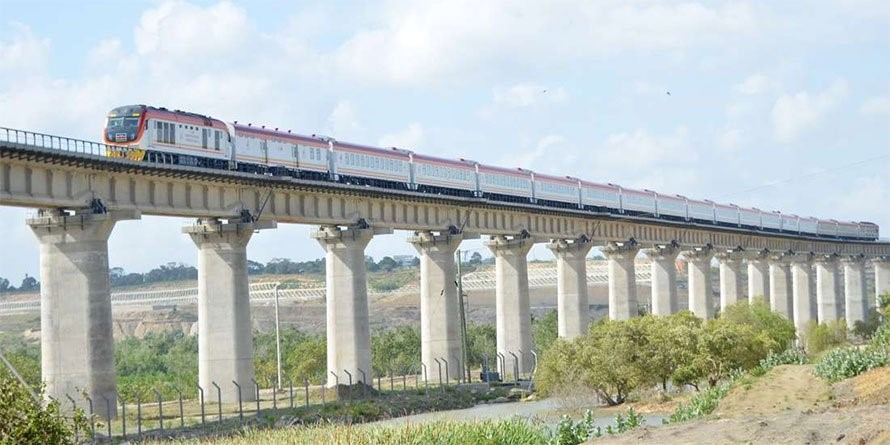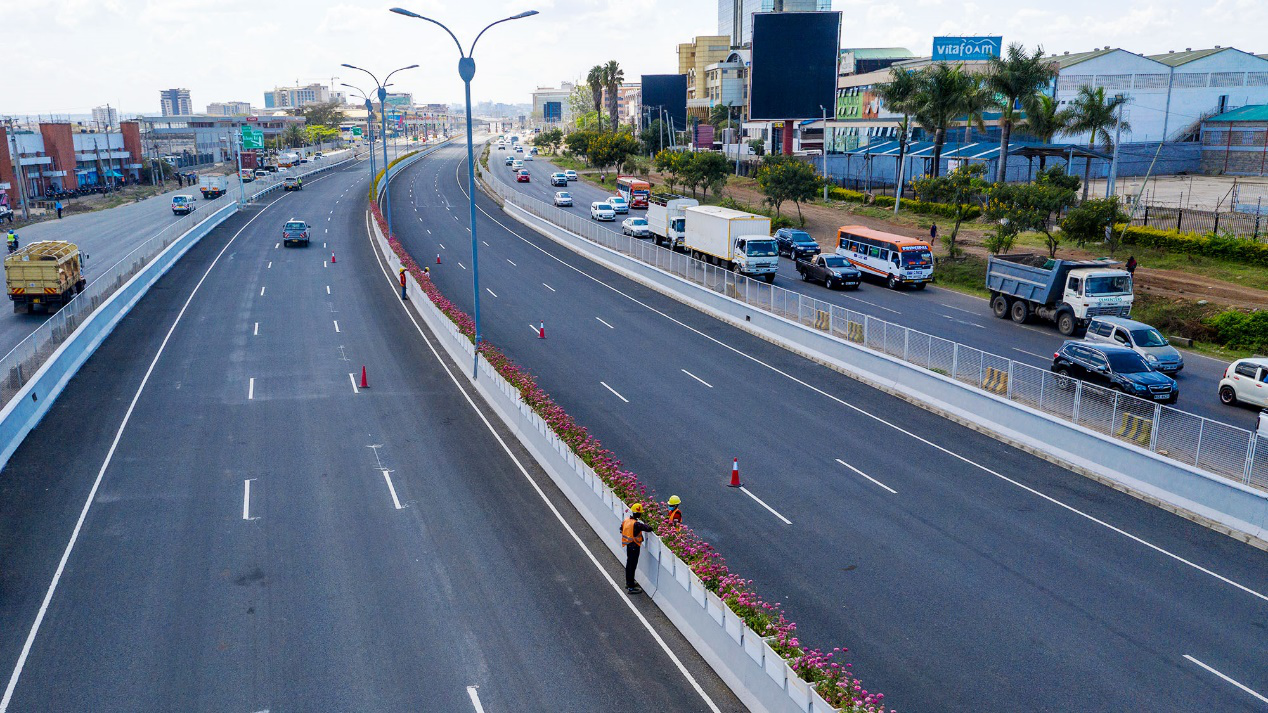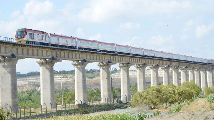The Belt and Road Initiative (BRI) projects in the transportation, communication and financial sectors have contributed to making Kenya a formidable economic hub in the East Africa region. The Standard Gauge Railway (SGR) which connects the capital Nairobi with Mombasa, the largest port in Kenya has provided a major link for many traders in Kenya and outside world. Mombasa port serves more than 80% of the regional trade as it is the gateway and exit point for cargo of the landlocked countries like Rwanda, Uganda, South Sudan, Burundi, Democratic Republic of Congo and Ethiopia. The current project under this initiative is the Lamu Port project which is part of a transport corridor between Lamu-South Sudan and Ethiopia.
The first phase of the port is already completed and this project is seen as a game changer towards the realization of Kenya's Vision 2030 development plan. Upon completion, this transport corridor was reported to comprise a standard gauge railway line, an oil pipeline and a refinery, road network, etc. This will promote economic development, job opportunities and ease of doing businesses to many.
Some of the BRI projects in Kenya that I have experienced including:
a) Kenya Standard Gauge Railway
The modern Mombasa-Nairobi standard gauge railway (SGR) is one of the flagship projects of the BRI. The SGR was officially opened for passengers' rail services on May 31, 2017. The primary contractor of this mega project is the China Road & Bridge Corporation (CRBC). The contractor applied Chinese standards, technologies and equipments in constructing the rail and equally raised the railway so as to conserve Kenyan precious wildlife as it passes through the Tsavo National Park.
In mid-December 2018, I travelled via the SGR train from Nairobi to Mombasa for a five-day vacation. This was my very first time to board the train after its launch. The SGR took 4.5 hours from Nairobi to Mombasa as compared to the old train which takes about nine hours to travel the same distance.

Benefits of the Standard Gauge Railway are as follow:
First, the SGR has reduced the cost of transportation of cargo, people and services from Mombasa to Nairobi. It will cost much less to transport standard container through SGR cargo train as compared to the costs if the same cargo is transported by road. Second, the SGR has created jobs for Kenyan citizens and these have boosted the Kenyan economy.
b) Kenya Nairobi Expressway
The Nairobi Expressway is a 27 kilometres toll road in Kenya, connecting Jomo Kenyatta International Airport to Nairobi's Westland's area and constructed under a public-private partnership between the government of Kenya and the China Road & Bridge Corporation.
The road links the central business district with Jomo Kenyatta Airport and SGR, all of which are crucial in aiding movements of people, goods and services into and out of the city.

The road starts from Mlolongo through Jomo Kenyatta International Airport and Nairobi's central business district to the James Gichuru junction along Waiyaki Way. The expressway terminates at the Westland's district near the United Nations complex where international meetings take place.
Benefits of the Nairobi Expressway:
Nairobi Expressway has eased the traffic and is providing a seamless access to the Jomo Kenyatta International Airport and its environs. The road has expanded the existing road to a four-lane one-way one, with foot paths, drainage channels, overpass bridges and street lighting. These major city entry and exit points have promoted tourism industry. Secondly, the road has reduced travel time from Jomo Kenyatta International Airport to the Nairobi central business district to 15-20 minutes, instead of the two hours it took, before the expressway was built.
c) Telecommunication sector
Kenya is among the countries with the highest internet penetration rate through its partnership with Huawei, a multinational Chinese ICT provider. Huawei has helped the country in modernization of its telecommunication capabilities. This has helped the promotion of e-commerce, internet protocol and investment in the ICT sector and collaboration between Kenya and the rest of the world. For example, a good number of Kenyan citizens prefer Huawei smartphones to other mobile brands in the Kenyan markets.
D) Cultural exchanges
Through BRI, many young Kenyans have been given scholarships by the Chinese government, helping Kenyans further their education overseas and thus promoting people-people exchanges. These exchanges have strengthened the cooperation in the field of art, media, science, films and sports, demonstrating the commitment in this initiative between China and Kenya. For example, it is through this programme that I am able to study overseas through the Chinese scholarship programme.
KENYA BRI FUTURE PROSPECT:
In the future, the SGR will extend its reach as was the original plan to countries like Rwanda, Uganda, South Sudan and Ethiopia. This network will benefit Kenya greatly as the land of East Africa harbors a tremendous amount of strategic natural resources.
CONCLUSION
The projects that Kenya has realized through this initiative such as the standard gauge railway, Nairobi Expressway and the global trade center have effectively promoted local economy and social development. Through the BRI, China and Kenya will continue expanding the frontiers of globalization and working hand in hand in building a community of shared future for humanity.
Editor's Note: This article is written by Alex Mwendwa Muthiani from Kenya, now a storeman of the motor transport workshop stores of General Service Unit within the Kenya Police Service, and previously studied at Beijing Normal University. The views expressed in this article are those of the author and do not necessarily reflect the positions of Belt and Road Portal.




 A single purchase
A single purchase









